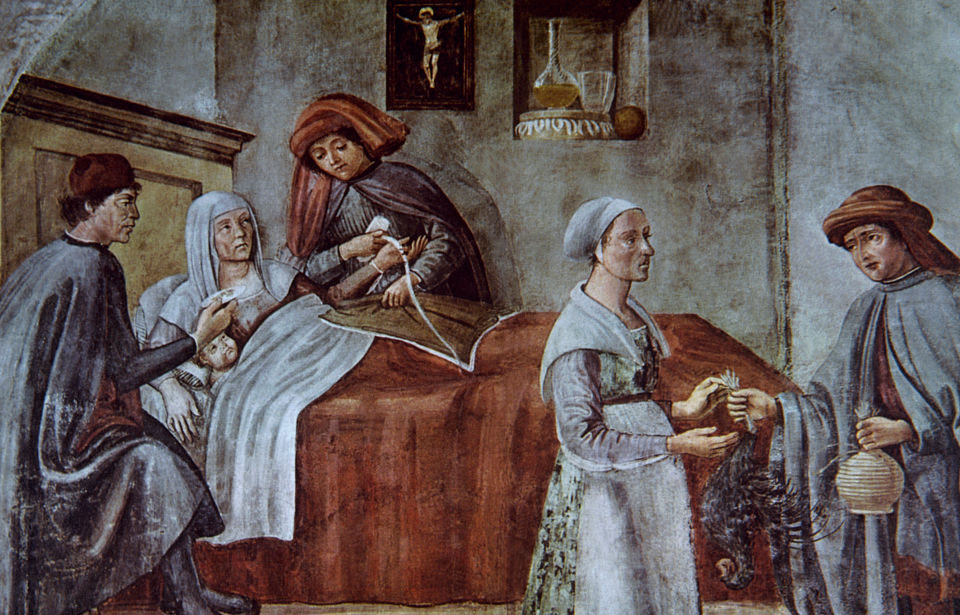Although the act of childbirth is as old as humankind, the processes involved have changed drastically over the centuries. Here are some past birthing beliefs and practices that many people would find unbelievable today.
Lying In
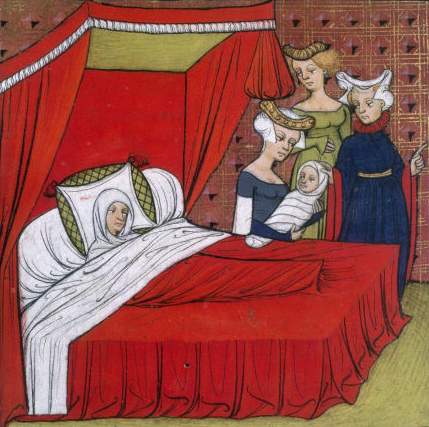
In years past, pregnant noblewomen nearing the end of their term would be treated as fragile creatures and were often required to “lie in.” During this period of confinement, the woman would retire to wherever she would give birth, and that room was turned into a “second womb.”
Fires were lit and the windows shut – even in the height of summer. Since a pregnant woman’s eyes were considered to be light-sensitive, all the curtains were closed, and religious items were placed around the room.
Of course, if you were of the lower classes, you kept working right up to the point when the contractions started.
Early Superstitions
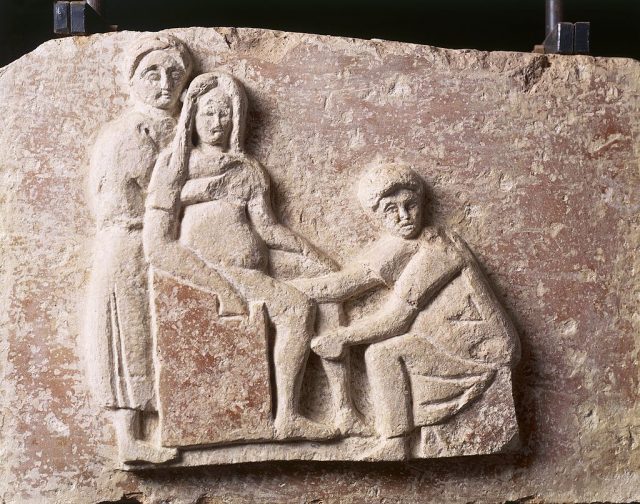
In Ancient Greece, all knots were removed from a room where a woman was to give birth because it was believed they could prevent or delay birth with their malignant powers.
There are also some suggestions that belly dancing in ancient Egypt was a way to honor the process of birth. However, the idea that being a skilled belly dancer can build up stomach muscles and give you an easier labor seems to be undermined by real-life case studies.
Many ancient cultures would also have someone nearby to massage the mother and ease the birth. However, Zuni tribe members in the 1890s, older women would be there not just for massage duties and moral support – they had to cry and groan on behalf of the pregnant woman because she herself had to remain silent.
Midwives in Ancient Malaysia and Indonesia would whisper words of Allah into the baby’s ears immediately after birth because it was important that words of faith were the first words a child heard.
Sneeze That Baby Out!
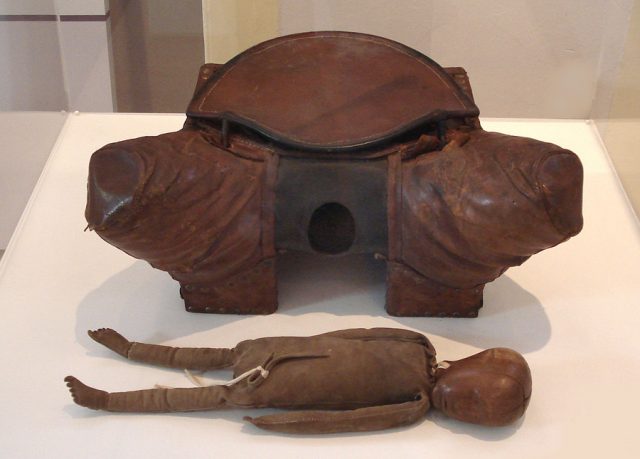
Sometime around the mid-1700s, it was the custom for women to try and make themselves vomit after they’d given birth in the hope that this would put pressure on the diaphragm and expel the placenta.
However, at the same time in France, sneezing powder was available to women to help them with extra contractions to expel the child.
Anesthesia
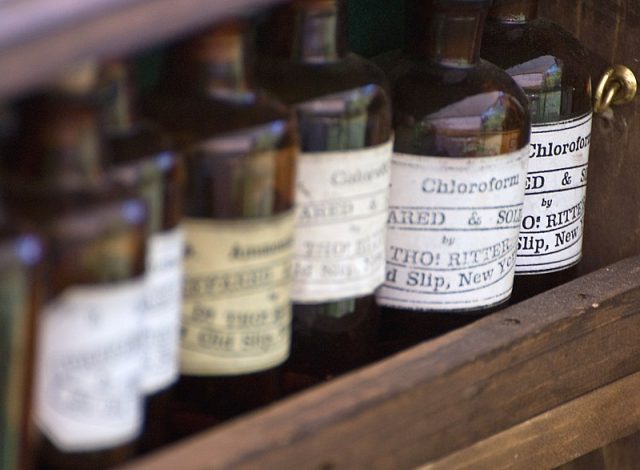
Giving birth is a painful business, and over the years, various forms of pain relief have been tried. Early on, extracts of poppy, henbane, and hemp were used, along with alcohol.
During the Victorian era, ether and chloroform were employed, but these were eventually abandoned because of issues with newborn breathing and maternal heart failure.
Twilight Sleep
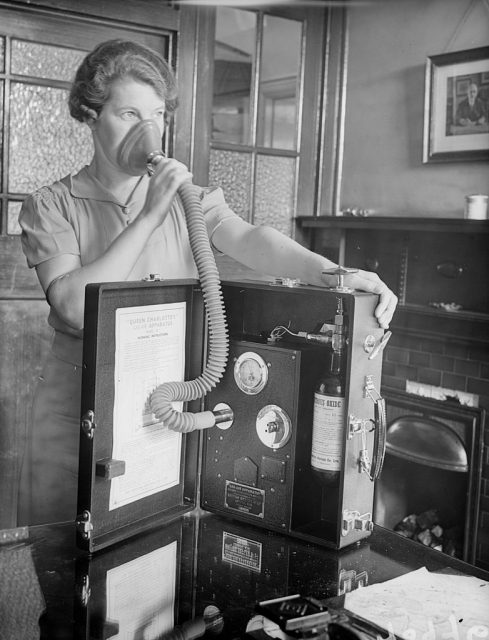
In 1914, a truly terrifying pain control method became popular. A woman would be given morphine for pain and scopolamine to cause amnesia so she’d have no memory of the birth. However, the scopolamine didn’t stop you from experiencing pain, it just made you forget why you were in pain. As a result, many women screamed uncontrollably during labor because they were in pain but didn’t understand.
All this thrashing about led medical professionals to use restraints on pregnant women. Pictures began to emerge of women lying restrained on hospital beds surrounded by sheets soiled with urine and feces. When the terrifying death rates eventually came to light as well, this brutal method fell out of favor.
Giving Birth Lying Down Was Invented By Men
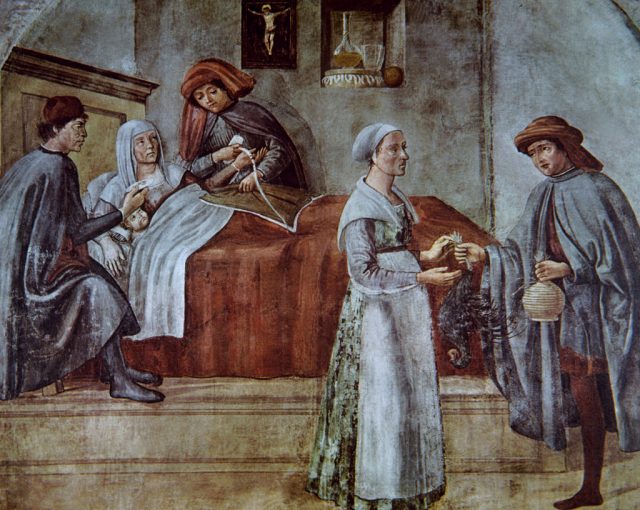
It is more natural for a woman to move around to ease her pains and help the child navigate its way through her pelvis. But as physicians came across more medical interventions, such as forceps and episiotomies, it was more convenient to have the mother lying on her back. So, this particularly unhelpful birthing position, which required the woman to fight against gravity to push her child out, was all about the physicians and not the women.
When chloroform was used for pain relief, it meant that the pregnant woman couldn’t move about at all and couldn’t even keep her legs up. As a result, stirrups were invented.
Leeches And Enemas
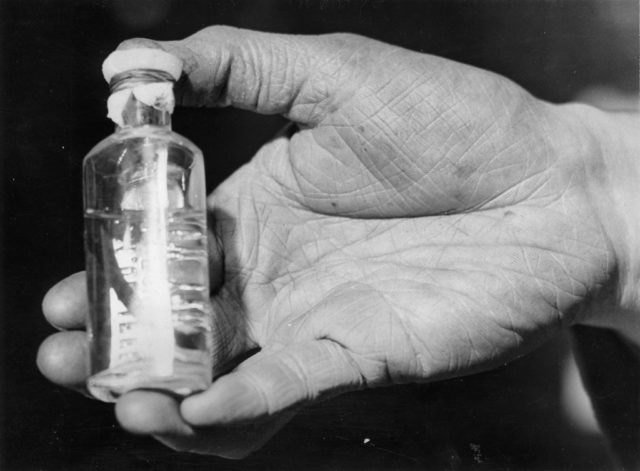
In the early 1900s, the idea came about that puerperal fever was caused by bowel movements during labor, so pre-birth enemas became common. In some places, they were repeated every 12 hours.
Royal Births: The Good And The Bad
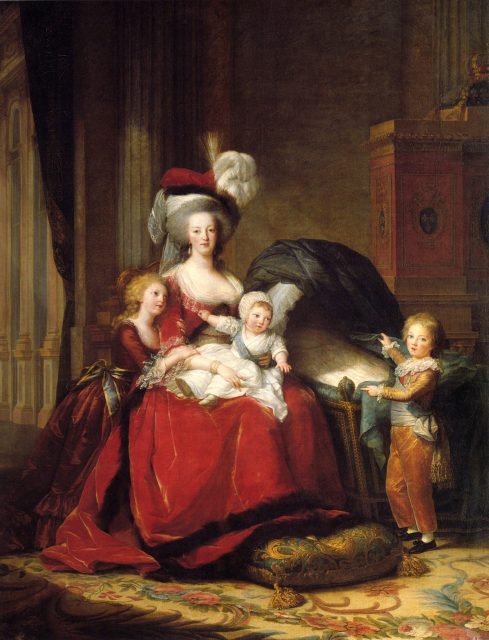
Cravings were not a problem if you were royalty. Henry VIII had quail specially shipped from Calais when his third wife, Jane Seymour, began to crave it. That turned out well since she gave birth to the son that Henry so desperately wanted.
Mothers today might get “push presents” from their partners to celebrate the birth of a child, but when you’re Napoleon’s second wife, you got a necklace of diamonds.
Birthing girdles sewn decorated with charms and prayers were popular with all mothers, but if you were royal, you had access to the girdle of St Ailred at Rievaulx Abbey and one blessed by the Virgin Mary herself at St Peter’s in Westminster.
More from us: Discovery of 3,700-yr-old Pregnant Woman Reveals Dangers of Ancient Childbirth
As well as wet nurses, royals also employed “rockers of the royal cradle” to ensure that they got a good night’s sleep. Henry VIII’s official rockers were paid £3 8s and 8d a year to ensure the infant was always rocked to sleep.
While royal women might have had better doctors and aftercare on hand than your average woman, there were also downsides to giving birth to potentially important babies. Sometimes, a queen would be required to give birth in front of an audience, just to make sure that nothing untoward could happen, such as switching the royal baby for an imposter.
In 1778, Marie Antoinette gave birth in front of an audience of around 200 people. A chambermaid from the time reported that not only were two chimney sweeps in attendance, but they also stood on the furniture to get a better look.
